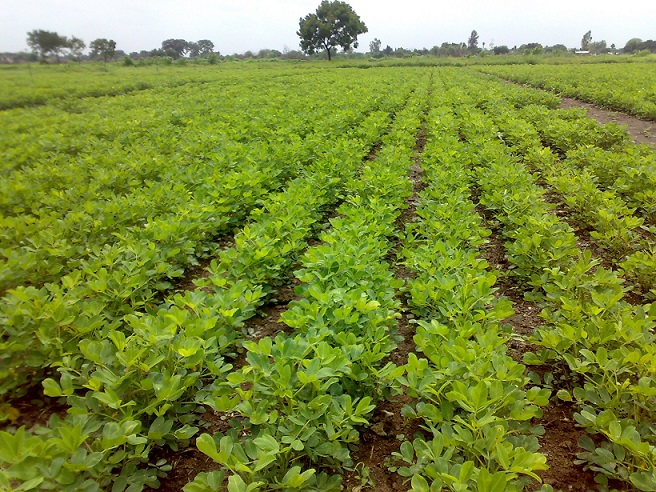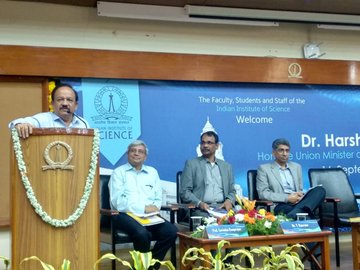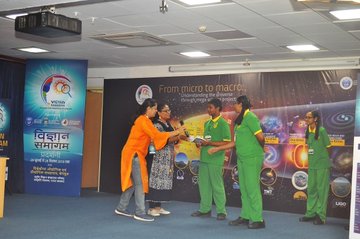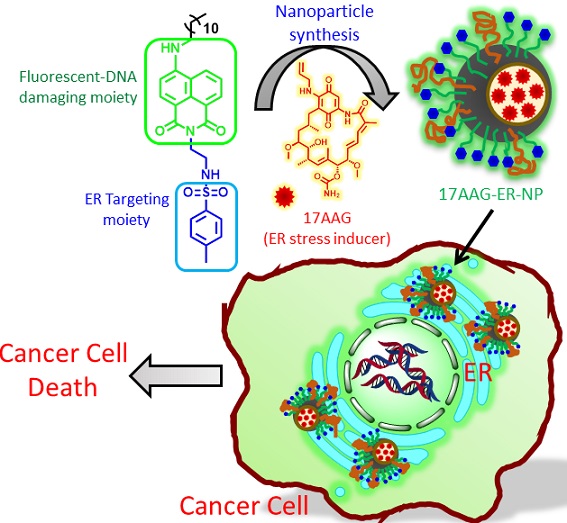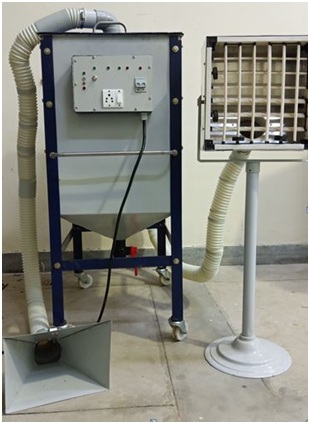
Silicosis is a major occupational health problem among people engaged in stone work. The lung disease occurs due to exposure to stone dust like silica among workers who do not use any protective gear. Silica is a tiny crystal found in sand, rock and mineral ores like quartz. Now researchers from Council of Scientific and Industrial Research- Central Electronics Engineering Research Institute (CSIR-CEERI), Pilani have developed a stone dust precipitator system that can help stone workers breathe easy.
Researchers have developed two variants of dust precipitator system - one for single artisan and another that can be used by four persons simultaneously. The precipitator for single artisan collects tiny dust particles with its high suction power. This suction is about 10 times more than that of the inhaling power of human beings, it separates all the dust particles from the air and finally dissolve it in water. The sediment of this stone dust is drained through drain pot from time to time. The stone dust can then be reused. The system for four workers has some modifications as it has four suction branches around the system chamber. Each branch has individual control unit.
According to Dr. P.C. Panchariya, researcher from CSIR-CEERI, the precipitator can suck maximum dust particles and prevents pollution and exposure. “It has self-filter cleaning technique makes it suitable for non-technical persons also and it is based on power saving technique,” said Mahendra Singh, another member of the research team.
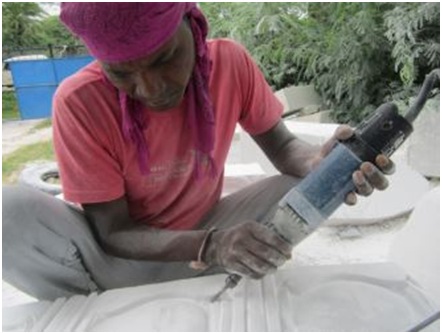
The dust precipitator system is used, all the dust particles produced at the time of stone carving is sucked out by the system. Thus dust particles can not reach the mouth of the stone artisans and it can help in saving the person from inhaling it
During stone carving, the production of PM 2.5 and PM 10 is very high. The PM 2.5 is mainly responsible for silicosis. “When the dust precipitator system is used, all the dust particles produced at the time of stone carving is sucked out by the system. Thus dust particles can not reach the mouth of the stone artisans and it can help in saving the person from inhaling it,” said Dr Panchariya.
In India, the prevalence of silicosis ranges widely from 3.5% in ordnance factory to 54.6% in the slate-pencil industry. This variation in prevalence is due to the silica concentrations in different work environment, the job demands and duration of exposure. It is prevalent in Orissa, Gujarat, Rajasthan, Pondicherry, Uttar Pradesh, Haryana, Bihar, Chhattisgarh, Jharkhand, and West Bengal among the workers of construction and mining.
Silicosis is an incurable condition with its potential to cause permanent physical disability. As there is no effective specific treatment of silicosis is available the only way to protect workers’ health is control of exposure to silica-containing dusts. “Smart stone dust precipitator system would be a good tool to save people from this disease and it would provide better health to the workforce,” said Dr Panchariya.
India Science Wire


